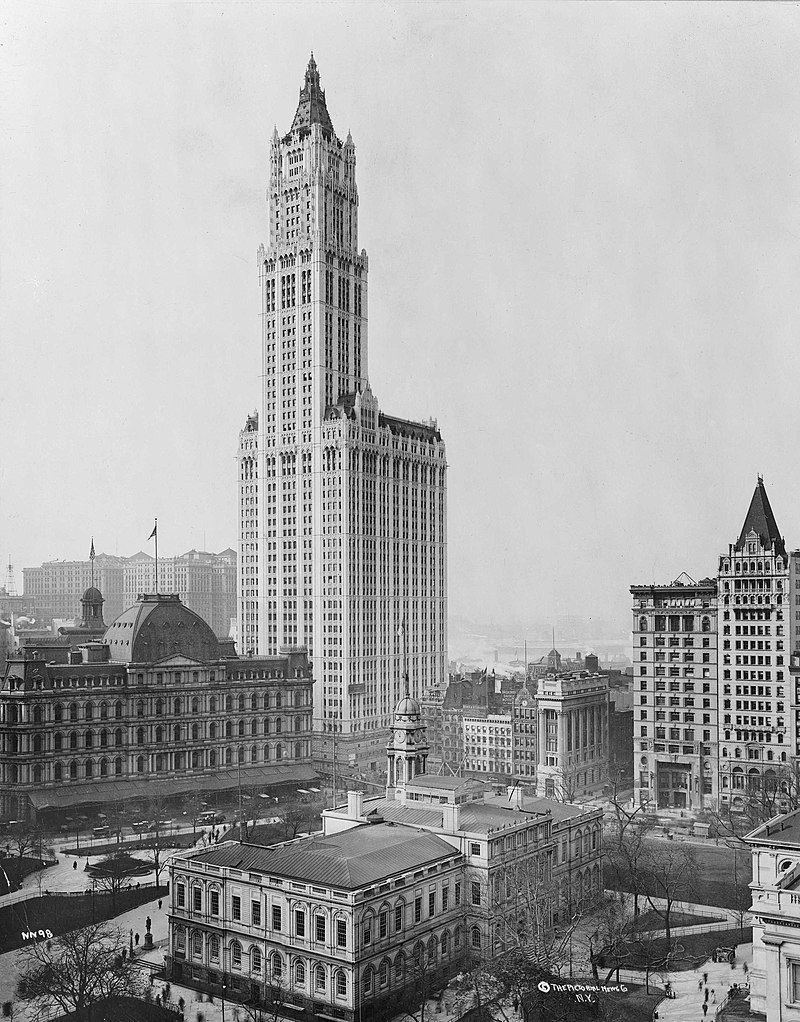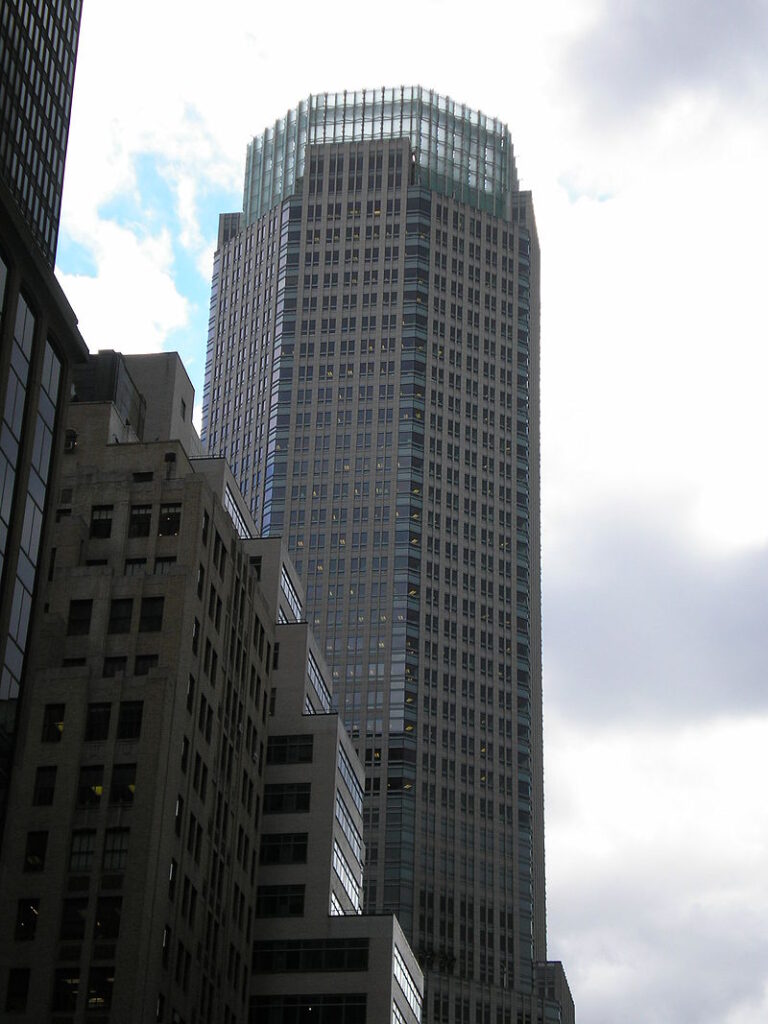Today, various businesses operate in our modern world. They are ranging from small enterprises usually found in residential areas, up to large corporate companies residing in large cities, traditionally found in high-rising towers.
These businesses are essential to a country since they are usually a source of their economic income. Furthermore, different companies not only earn money for the business owners but also provide jobs for several people.
Moreover, aspiring entrepreneurs are gradually increasing over the years. Although there is no record as to exactly how many businesses are operating all around the world, some records show that there are roughly 400 million entrepreneurs globally.
However, not everyone is confident or knowledgeable about starting a business. And for some people, starting a business means taking the risk since not all businesses are bound to succeed. Meaning to say, a person who plans to start a business must be aware of its consequences.
For the record, many businesses all around the world are not successful. In the United States, the Bureau of Labor Statistics released its data on business statistics. Surprisingly, it shows that 20% of businesses fail during their first two years, 45% during the fifth year, and 65% within the first ten years. Some large enterprises achieved remarkable success, then eventually fail. Regardless of how big a company is, it still shows that every decision is vital, and one mistake could lead to potential loss.
As sadly as it seems, these businesses paved their way to the top but still ended up failing. In this article, let us look into the biggest corporate failures in history.
1. Blockbuster LLC
Also known as Blockbuster Video, this company was once a well-known home movie provider and video game rental service via different platforms, including physical shops, mail services, streaming, video on demand, and cinema theater. Its huge success not only conquered the United States but also internationally. During its peak in 2004, the company has a total of 84,300 employees and 9,094 stores worldwide. However, over the years, the company’s revenue significantly dropped, mainly because of the rise of its competitors. These competitors include Redbox, which is also a video rental company that offers DVD, Blu-Ray, and 4K UHD rentals. Also, Netflix came into the scene, wherein it is also a famous media-services company that offers online streaming of a variety of movies. Blockbuster wasn’t able to catch up with the advancement of technology, in which other companies excel. Another factor for their failure is poor leadership and internal anomalies.
2. Kodak
The Eastman Kodak Company once reigned the imaging industry, offering inexpensive cameras and a wide range of consumables, including films, chemicals, and paper. The influence of Kodak in imagery is remarkable, which extends its services even outside the United States. It means that in the early years, Kodak was like the icon when it comes to photography, which lasted for decades. However, its success didn’t last long when the rise of digital photography came. One significant factor why Kodak failed is that they didn’t embrace the possibility of digital advancement. Years passed as Kodak struggles to stabilize its status until 2012 when they filed for Chapter 11 bankruptcy protection and gained $950 million. Today, Kodak is still in business and manages to avoid bankruptcy. However, they have a significantly smaller revenue, and they are still struggling to maintain a stable stature.
3. Commodore

By Joho345 – Own work, CC BY-SA 4.0, https://commons.wikimedia.org/w/index.php?curid=70915656
Next on our list is one of the computer giants in the 70s and 80s. Commodore International was one of the pioneers and rival of Apple in the early computer era. Commodore is already a part of our history since they participated in the development of the home-personal computers in the late 20th century. Jack Tramiel is the founder of Commodore, in which it was originally an American home computer and electronics manufacturer. During its golden age in the 80s, the company released the, once proclaimed, the world’s best selling computer, the Commodore 64, followed by Amiga a few years later. Years after its peak, the company received various negative comments from its customers. The comments are mainly for the company’s improper practices and unhealthy relations with their customers.
Moreover, they tried to release a better version of Amiga as a game console, although it didn’t catch up with the 3D technology at that time, which ended up as a failure. During that time, Apple outshined Commodore in terms of PC platforms, wherein the lowest model of Apple computers in the market has a relatively better CPU than the high-end computers that Commodore has to offer. All of these factors contributed to the fall of Commodore. In 1994, the company filed bankruptcy and ceased to exist.
4. Enron
Another one of the top businesses that eventually fell is the American energy company, Enron. It is inarguable that Enron is one of the largest corporations in the 90s, with roughly 29,000 employees, earning more than a hundred billion dollars in revenues. All of this success was in vain after shedding light on the company’s accounting fraud. The company’s poor financial reporting and accounting loopholes resulted in billions of dollars in debt from failed deals and projects. The downfall of Enron now is an icon of corporate fraud, in which people called it – Enron Scandal. After the exposure of the accounting fraud of the company, they filed for bankruptcy under Chapter 11 of the United States Bankruptcy Code. The bankruptcy of Enron during that time made it the largest corporate bankruptcy in the history of the United States until WorldCom came into the scene.
5. WorldCom
One of the corporate giants in the late 80s that achieved significant success is the American telecommunications company, WorldCom. During its peak, the company has over 30,000 employees and was the second-largest long-distance telephone company in the United States. However, its peak started to fall after exposing the company’s accounting fraud, mainly by poor reporting of line costs and fake accounting entries. The company CEO, Bernie Ebbers, led these fraudulent activities, which resulted in $3.8 billion. In 2002, the company filed for bankruptcy, beating Enron for the largest corporate bankruptcy in the history of the United States. As a result of these anomalies, the former CEO, Bernie Ebbers, was sentenced to 25 years in jail. Interestingly, WorldCom merged with MCI Inc Communications to continue its operations, and in 2006, another telecommunications giant – Verizon, acquired the company.
6. Woolworth
Woolworth was once one of the biggest retailers in the world, with stores all across the US. However, the combination of poor performance and market dynamics tanked the company, and it was forced to close its namesake stores in the US in 1997. Due to poor market performance, the company had to shut down its stand-alone stores and shift to malls. Still, this setup cost way too much, and the stores weren’t making enough profits to cover the cost. Fortunately, the F.W. The Woolworth company spent a large majority of the 60s, 70s and 80s buying out specialty stores, so they were able to live on through other properties.
7. DeLorean Motor Company
Although DeLorean has forever embedded itself in pop culture thanks to Back to the Future, the car manufacturer itself has had a turbulent time and an abrupt end. John Z. DeLorean left General Motors in the late 1970s to create a new American sports car. This project was backed by $200 million in investment funds, and in 1981, production finally began.
Due to the rising costs, DeLorean had to rush the car back into the market and sell it at a steep price, almost twice the original asking price. This high price was seen negatively, and coupled with bad reviews, DeLorean Motors sold only half of what it expected. This caused a significant disturbance in the company, which eventually declared bankruptcy in 1982 after the founder got involved in personal scandals.
8. Bear Stearns
Bear Stearns, an investment bank, was the first casualty of the 2008 financial crisis. The company managed to survive the Great Depression and the economic downturn that occurred after the 9/11 attack. However, the bank suffered a great setback when its clients and trading partners started abandoning them because of the bank’s vast bets on toxic mortgage loans. After 85 years, in March 2008, the company had to agree to a government-backed fire sale. This led to it being acquired by JPMorgan Chase in order to avoid bankruptcy.
9. Lehman Brothers
Just like with Bear Stearns, the Lehman Brothers were also greatly affected by the subprime mortgage crisis, which led to its eventual collapse. The company was the nation’s fourth-largest investment bank, responsible for around 25,000 employees. In September, the company announced bankruptcy with $639 billion in total assets and $631 billion in debt, making it one of the largest bankruptcy filings in the history of the US.
Conclusion
Many businesses are started every year, but not all of them are successful. Even if a company sees success for a few years, it does not mean that it is in the clear. To avoid bankruptcy and other issues that may cause your business to close down, it is essential to learn from others’ mistakes.




